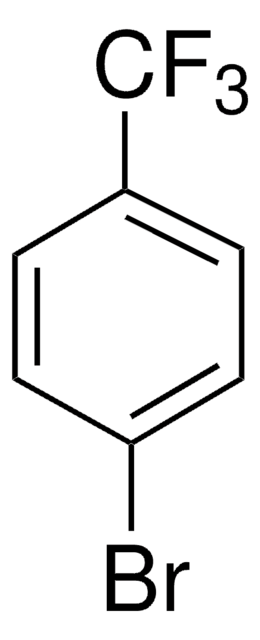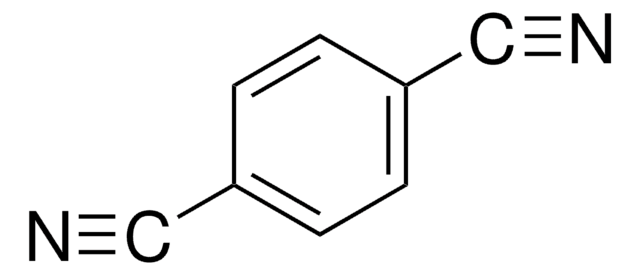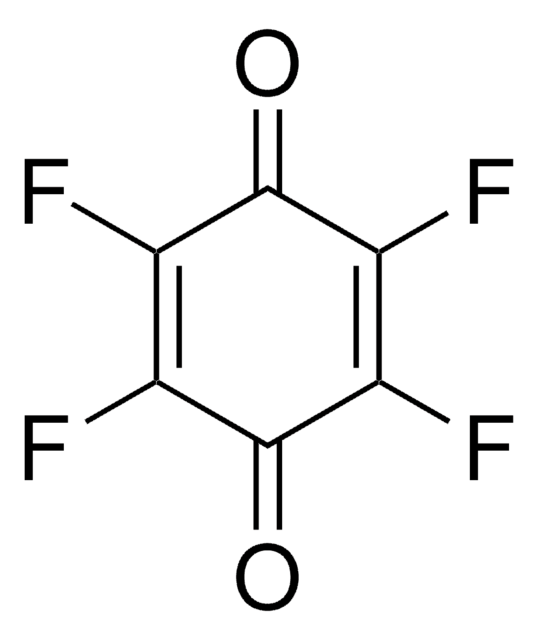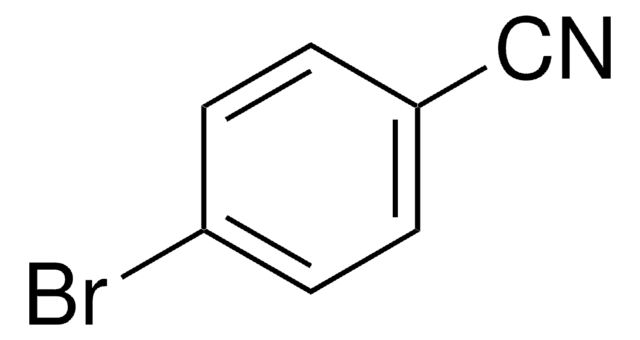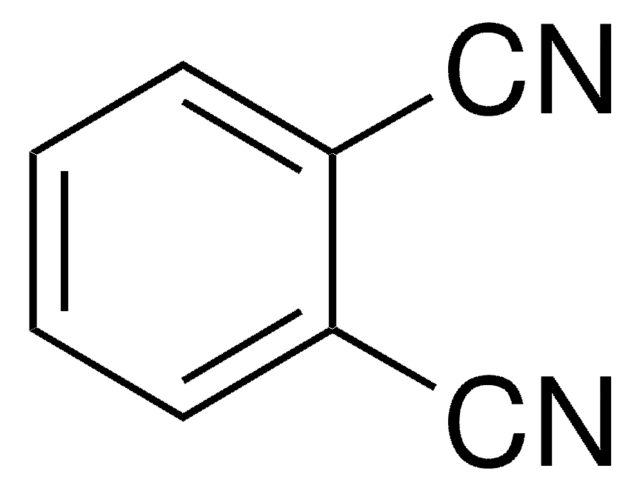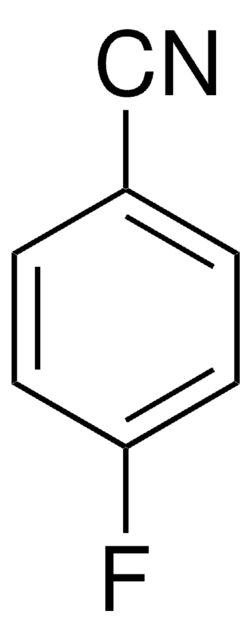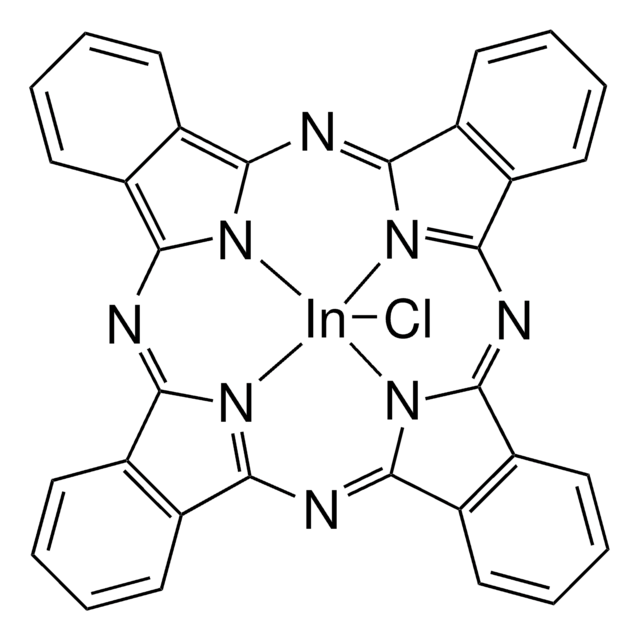157635
7,7,8,8-Tetracyanoquinodimethane
98%
Sinonimo/i:
(2,5-Cyclohexadiene-1,4-diylidene)-dimalononitrile, TCNQ
About This Item
Prodotti consigliati
Saggio
98%
Stato
solid
Punto di fusione
287-289 °C (dec.) (lit.)
Energia dell’orbitale
LUMO 4.6 eV
Caratteristiche del semiconduttore
N-type (mobility=10−5 cm2/V·s)
Stringa SMILE
N#C\C(C#N)=C1/C=C\C(C=C1)=C(/C#N)C#N
InChI
1S/C12H4N4/c13-5-11(6-14)9-1-2-10(4-3-9)12(7-15)8-16/h1-4H
PCCVSPMFGIFTHU-UHFFFAOYSA-N
Informazioni sul gene
human ... CAPN1(823)
rat ... Capn1(29153) , Nos1(24598)
Cerchi prodotti simili? Visita Guida al confronto tra prodotti
Categorie correlate
Descrizione generale
Applicazioni
Avvertenze
Danger
Indicazioni di pericolo
Consigli di prudenza
Classi di pericolo
Acute Tox. 3 Dermal - Acute Tox. 3 Inhalation - Acute Tox. 3 Oral
Codice della classe di stoccaggio
6.1A - Combustible acute toxic Cat. 1 and 2 / very toxic hazardous materials
Classe di pericolosità dell'acqua (WGK)
WGK 3
Punto d’infiammabilità (°F)
Not applicable
Punto d’infiammabilità (°C)
Not applicable
Dispositivi di protezione individuale
dust mask type N95 (US), Eyeshields, Gloves
Scegli una delle versioni più recenti:
Possiedi già questo prodotto?
I documenti relativi ai prodotti acquistati recentemente sono disponibili nell’Archivio dei documenti.
I clienti hanno visto anche
Articoli
Fabrication procedure of organic field effect transistor device using a soluble pentacene precursor.
Il team dei nostri ricercatori vanta grande esperienza in tutte le aree della ricerca quali Life Science, scienza dei materiali, sintesi chimica, cromatografia, discipline analitiche, ecc..
Contatta l'Assistenza Tecnica.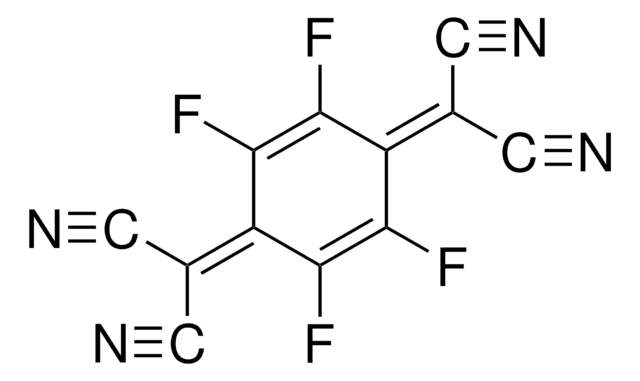
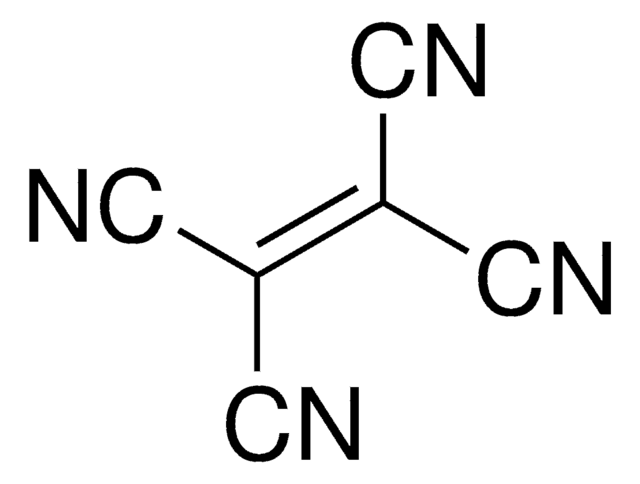
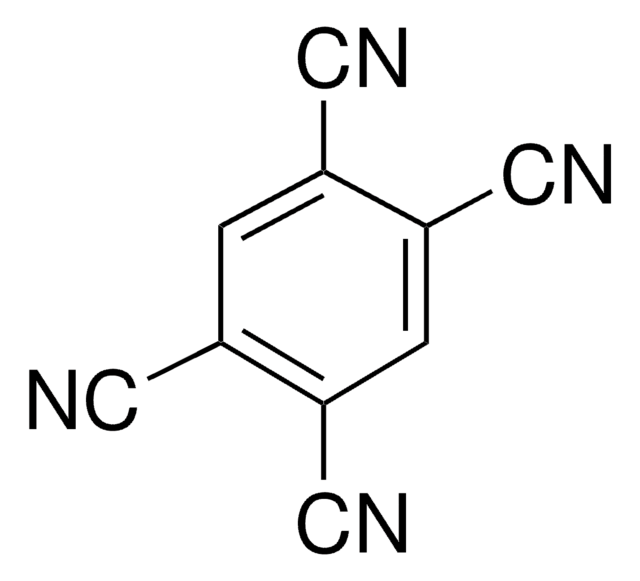
![Dipyrazino[2,3-f:2′,3′-h]quinoxaline-2,3,6,7,10,11-hexacarbonitrile 95% (HPLC)](/deepweb/assets/sigmaaldrich/product/structures/151/558/c0e2c95f-5228-4864-a7a5-4b9765a19840/640/c0e2c95f-5228-4864-a7a5-4b9765a19840.png)
